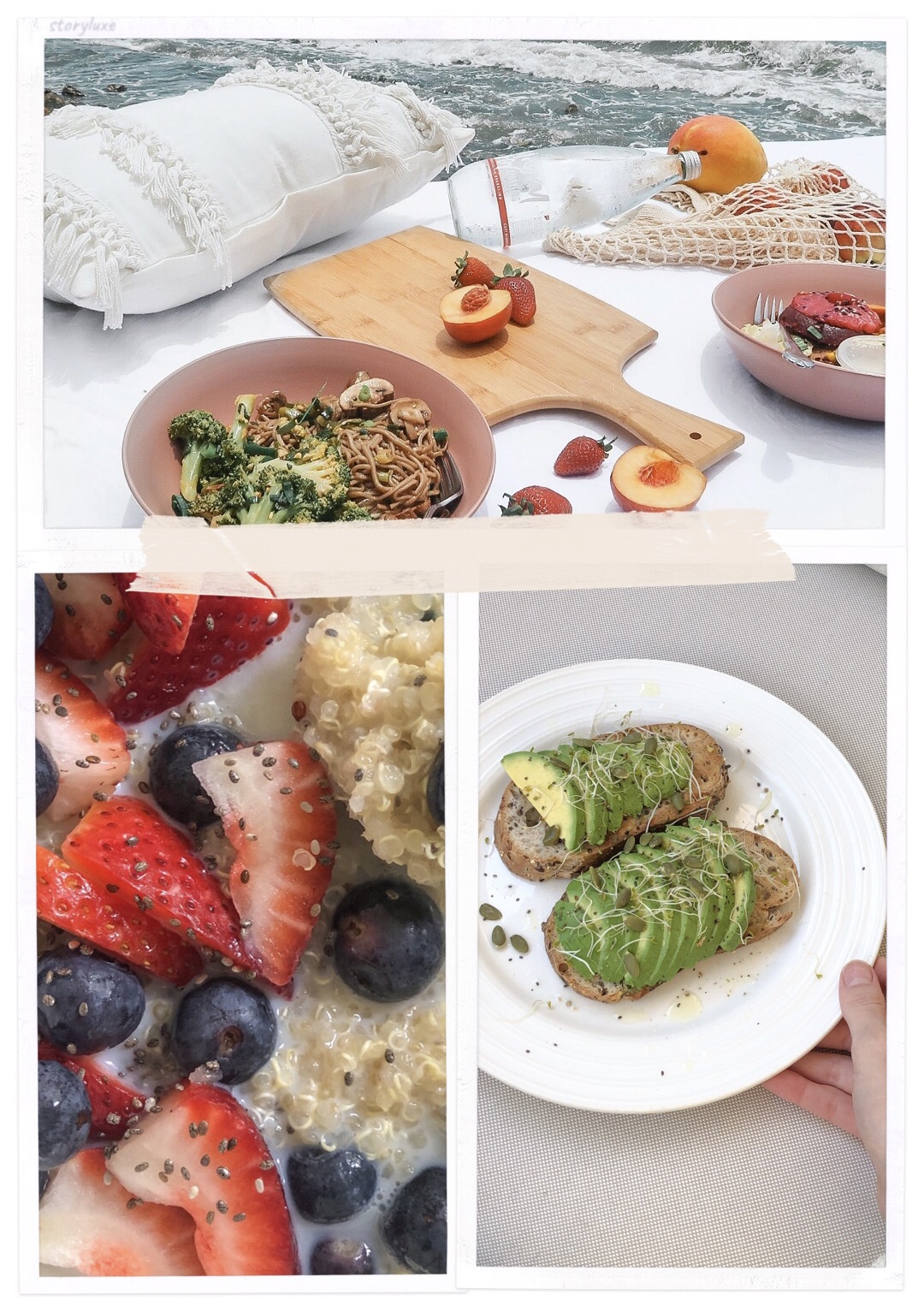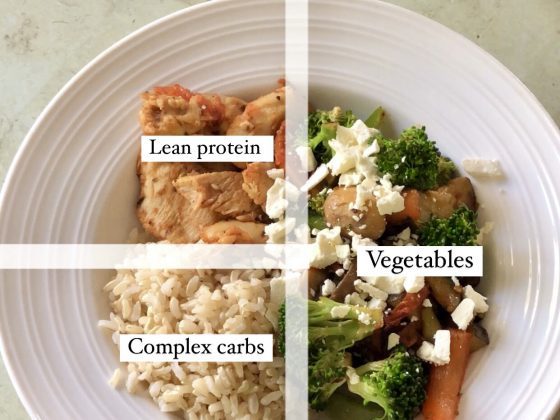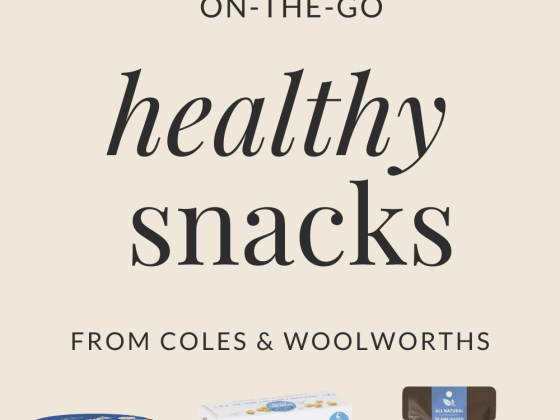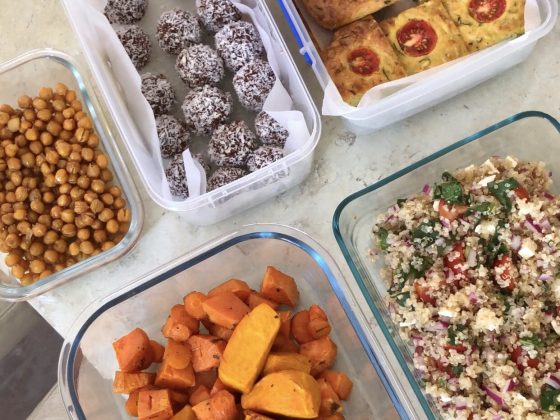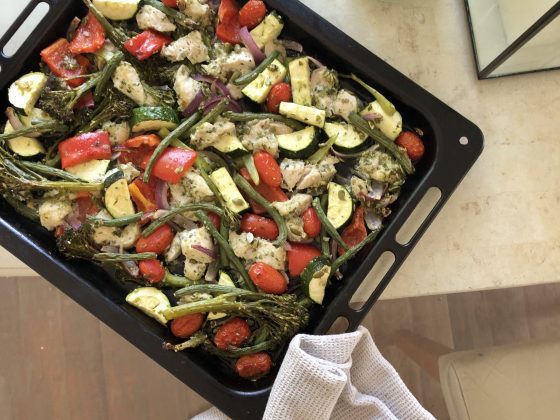Gut health has become a buzz word in the wellness scene, and for good reason. We recently explored the misconceptions surrounding gut health on TikTok (here’s the post in case you missed it) and today, we’re going to discuss how we can support our gut microbiome.
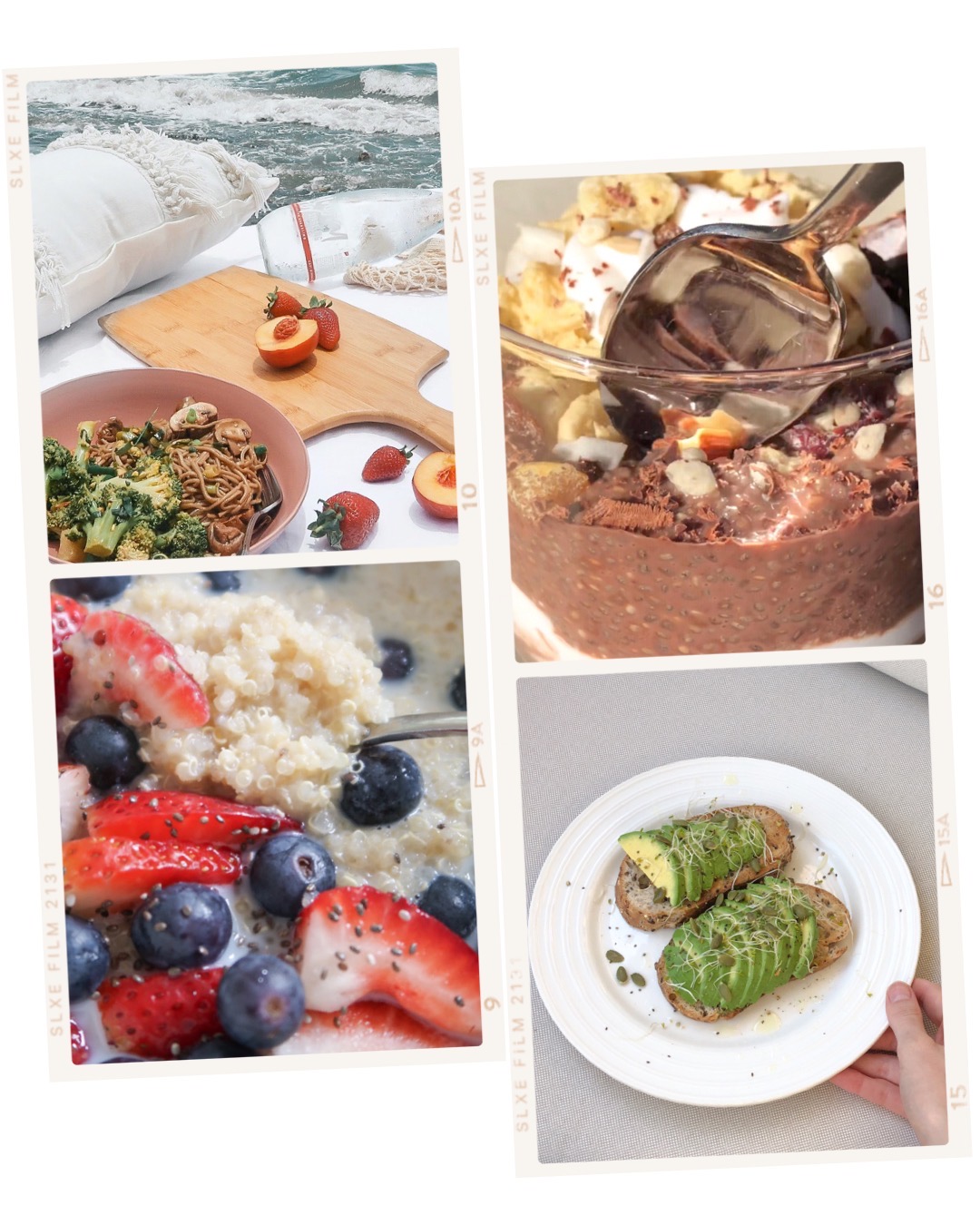
First things first, what is the gut microbiome? Great question. The gut microbiome is made up of the trillions of microorganisms and their genetic material that live in your intestinal tract. These microorganisms, mainly comprising bacteria, play a role in digesting the food you eat, as well as helping to absorb and synthesise nutrients. Interestingly, research is showing that these microorganisms are involved in processes that extend beyond your gut, including immune function, metabolism, brain functions and even mental health (1).
Now, what a healthy or ‘ideal’ gut microbiome looks like is still relatively unknown. At this stage, research is showing that because everyone is different, what is ‘ideal’ can vary. However, one thing that seems to play an important role is the diversity of bacteria.
So, how do we diversify the bacteria? We diversify the diet (2). In fact, the American Gut Microbiome research found that those who ate 30+ different plant based foods per week had a far more diverse gut microbiome compared to those who ate less than 10.
This may sounds like a lot, but many foods can count toward this, including vegetables, fruit, wholegrains, legumes (beans and pulses), nut, seeds, herbs and spices. Each portion equates to 1 point with herbs and spices getting 1/4 each.
With that in mind, don’t feel pressured by the ‘30’, just aim for variety in your diet. If you’re someone that tends to stick to the same foods and meals throughout the weeks, start spicing it up!
Tips For Adding More Plant-based Foods Into Your Diet
Snack on Plants
Snacking on fruit, vegetables, nuts, seeds and legumes is a great way to add some plant-based goodness into your day. These are some of my favourites:
- Trail mix.
- Fruit salad.
- Carrot and celery sticks in hummus. To add even more plants, check out this pesto hummus recipe from the Gut Health Doctor.
- Roasted chickpeas. It’s super easy and cost effective to do this yourself, but you can also get these pre-done (check out ‘The Happy Snack Company’ chickpeas in the health aisle at Woolworths & Coles)
- Nut, seed & date balls. To make your own, try these Energy Bites by Love & Lemons and these Winter Bliss Balls by Half-baked Harvest.
If you want to get creative you can even check out this chocolate covered banana recipe by Downshiftology.
Experiment with plant-based recipes
This one’s a no brainer. Even still, I wanted to highlight this tip for those that feel a little out of their depth cooking with vegetables, legumes, etc. Trying out plant-based, vegetarian or vegan recipes is a wonderful way of learning to cook with these foods. You’ll be surprised by how easy it is! Check out this post by Love & Lemons and this post by the Minimalist Baker for some great plant-based recipes.
Add legumes to your meat-based dishes
A great way to introduce more legumes into your diet is to include them into your meat-based dishes. Try adding chickpeas to chicken-based dishes, add lentils or cannellini beans to soups and casseroles, and substitute some of the meat in beef mince with lentils or red kidney beans. This not only gets those plant points up, but it’s also cost-effective as legumes can bulk up your meat dishes at a fraction of the cost.
Here are some ideas:
- Paprika Chicken with Chickpeas
- Beef & Lentil Cottage Pie
- 1-Pot Tuscan Style Beef & Lentil Soup
- 1-Pot Chicken Soup with White Beans & Kale
- Beef & Lentil Bolognese
Get creative with nuts and seeds
Whilst nuts and seeds can make great snacks, there are other ways to include them into your diet.
- Add a spoonful of nut butter to your smoothies.
- Add a handful of flaxseeds, hemp seeds or pumpkin seeds to your smoothies.
- Sprinkle chia seeds or hemp seeds on top of porridge, overnight oats or smoothie bowls.
- Sprinkle roasted nuts, hemp seeds or toasted sunflower seeds onto salad.
- Add cashews, peanuts and/or sesame seeds to stir-fries.
- Make your chia seed jam, check out this recipe by Downshiftology.
- Make chia seed pudding and top with yoghurt (hello probiotics), muesli and fruit. I love having these as a chocolatey afternoon snack, so yum. Check out my recipe here.
- Explore sweet recipes that use nut butters or tahini spreads. Check out these Chocolate Chip Tahini Blondies by Ambitious Kitchen.
Add vegetables to your favourite meals
One of my favourite ways of bulking up a meal and adding some extra nutrients in is to add vegetables. Whether you want to sneak them in without the additional taste, or showcase them in a recipe, there’s plenty of options.
Here’s some examples:
- Pizza: try making a home-cooked pizza and top with your fave veg.
- Pasta: try grating some zucchini or carrot into a bolognese sauce (you won’t even taste them).
- Nachos: try making your own salsa or add some tomatoes, capsicum and herbs on top of your fave store-bought salsa and pair with guacamole.
To find ideas just type your favourite meal into google, add a key word after it like ‘vegetables’ and explore what plant-based ingredients you might like to add.
Introduce a new fruit or vegetable every week
If you’re a picky eater and the idea of variety overwhelms you, start gradually introducing new foods into your diet. Every week challenge yourself by adding a new vegetable in your grocery shop. From there, try adding it into your meals or learn a recipe that is based around that vegetable. You can also do the same with grains, legumes, nuts and seeds.
Take it slow
What all these plant foods have in common is fibre and when it comes to fibre, you need to take things slow. A sudden increase can leave you bloated and/or dealing with a case of constipation or diarrhea.
To keep things flowing smoothly, gradually increase your fibre intake over several weeks, until you can comfortably reach around 30 plant-based foods per week without experiencing any discomfort. It’s also important to ensure that you stay hydrated, as dehydration can worsen constipation.
Lastly, pay careful attention to legumes, especially if they’re new to your diet or if you have a sensitive gut (oh hello, IBS). Start with a portion of no more than 100g in one sitting and always make sure to rinse them well before eating.
Sources:
